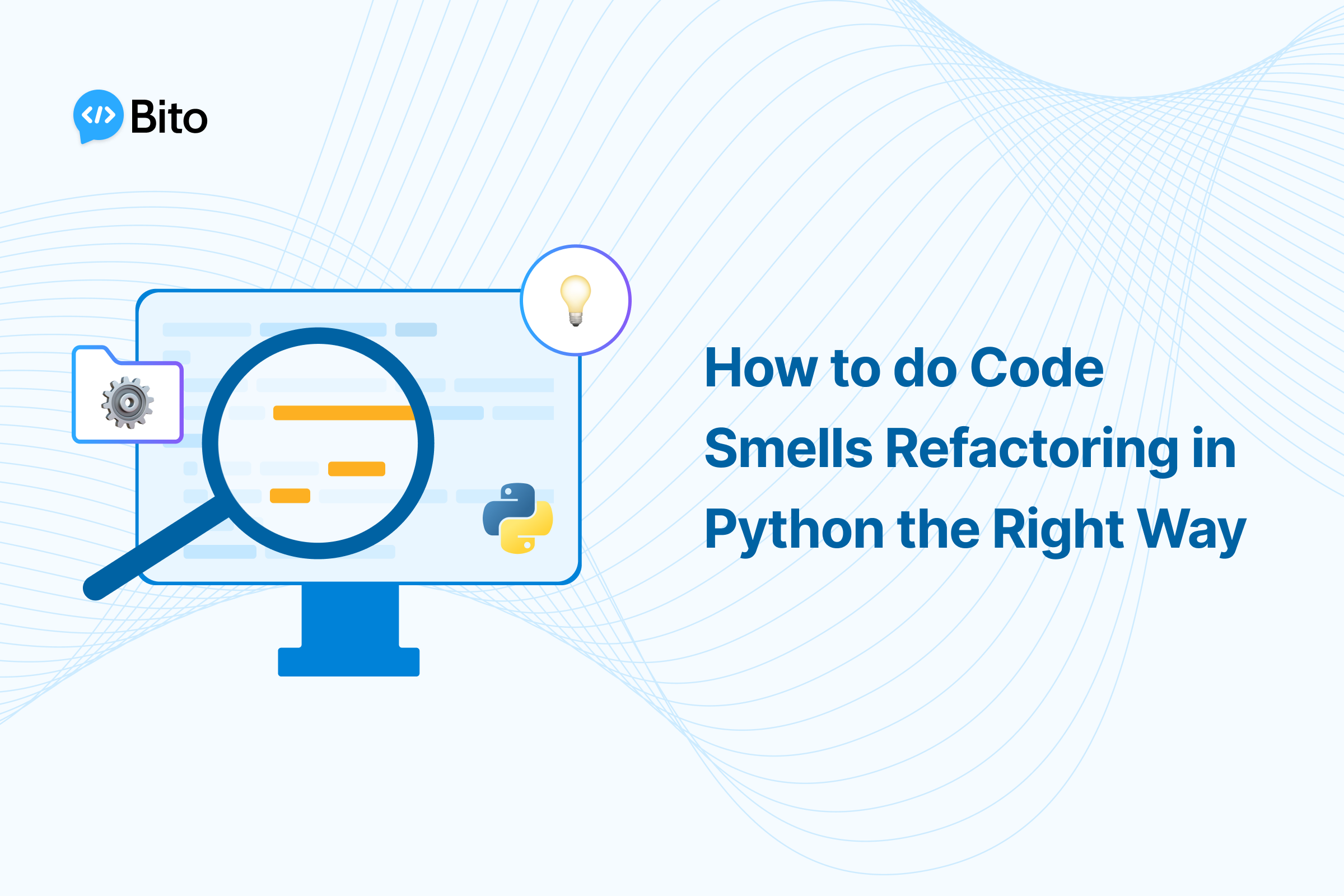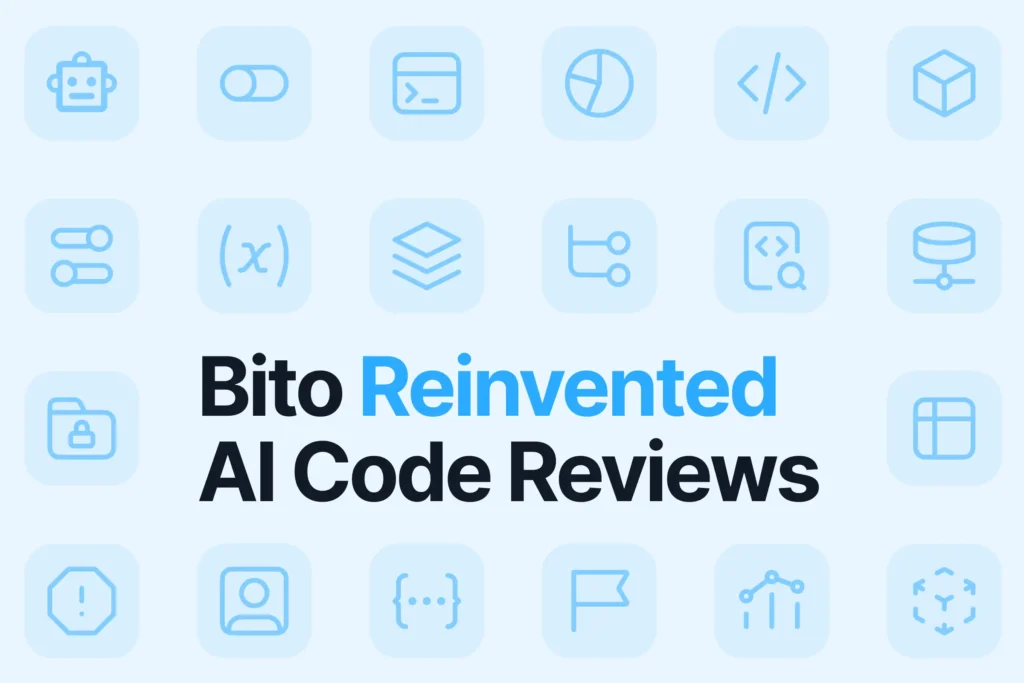Refactoring code to fix code smells is an integral part of the software development process. By methodically analyzing codebases to detect problematic patterns, and then incrementally applying focused improvements, developers can improve the quality, readability, and flexibility of Python software. This refactoring process requires strategic thinking, an arsenal of techniques, and meticulous testing to rework code without introducing new bugs.
Identifying Common Python Code Smells
To begin refactoring code smells in Python, the first step is identifying symptoms of poor design and coding practices. Though smells can manifest in various forms, some common ones to look for include:
Long Methods
Methods that are overly long and perform too many disparate tasks are a widespread code smell. A rambling method with hundreds of lines that handles everything from input validation to core logic to output formatting is difficult to understand, test, and maintain. These long, complex methods increase coupling between components and the risk of bugs.
Techniques like extracting subtasks into separate functions and applying design patterns can break down lengthy methods into more modular, readable units. For example, sections that validate input can go into their own function. Core logic might leverage the command pattern and get encapsulated in a separate class. Output formatting could be extracted to a dedicated method. Proper decomposition yields smaller methods with focused responsibilities.
Duplicate Code
Another common code smell is duplicated code. This involves having the exact same or very similar blocks of code repeated in multiple places. Such duplication indicates poor abstraction and modularity. If the same code must be updated, fixes have to be propagated across all copies. Sections that seem duplicated but differ slightly can cause subtle bugs.
Strategically eliminating redundancy improves maintainability and reduces bugs. For example, distinct but nearly identical sections of validation logic can be extracted into a shared function. Common operations like formatting output or database access can become reusable modules. Duplication gives clues about which pieces of code should be modularized. Removing repetition also shrinks code volume.
Refactoring Methods to Eliminate Code Smells
Once code smells have been identified, the next step is applying focused refactoring techniques to improve code quality. Key methods include composing methods, simplifying method calls, and refactoring by abstraction. Small, incremental changes reduce risk and maintain existing functionality.
Composing Methods
This technique breaks large, complex methods down into smaller, more focused ones with descriptive names. Each new method should have a single responsibility. For example, a mammoth method with hundreds of lines could extract its input validation section into a new `validate_input` method. Core logic might move to `process_data` and output formatting into `format_output`.
Composing methods yields code that is easier to understand, reuse, and maintain. The composed methods can be called in sequence from the original method. While the overall functionality remains unchanged, decomposition provides more modularity.
Here is an example of a long method refactored by extracting subsections into composed methods:
# BEFORE refactoring
def do_everything(input):
# Validate input
if not valid(input):
raise Exception("Invalid input")
# Core logic
data = transform(input)
# Format output
output = format(data)
return output
# AFTER refactoring
def validate_input(input):
if not valid(input):
raise Exception("Invalid input")
def core_logic(input):
data = transform(input)
return data
def format_output(data):
output = format(data)
return output
def do_everything(input):
validate_input(input)
data = core_logic(input)
output = format_output(data)
return output
```
Simplifying Method Calls
This technique focuses on methods that have become too complex. It replaces convoluted conditional logic with cleaner alternatives like polymorphism and delegation.
For example, a method with chained if-else blocks could instead leverage polymorphism by using subclasses to encapsulate each conditional case. The method then calls the appropriate subclass without needing to inspect state. Delegation is also useful for reducing complexity by handing work off to different objects.
Simplifying method calls isolates complexity into smaller units while making intent more explicit. The refactored methods are easier to understand, test, and maintain.
Here is an example of refactoring by replacing conditional logic with polymorphism:
# BEFORE refactoring
def print_area(shape):
if shape == "circle":
# Calculate circle area
elif shape == "square":
# Calculate square area
elif shape == "rectangle":
# Calculate rectangle area
else:
raise Error("Unsupported shape")
# AFTER refactoring
class Shape:
def get_area(self):
pass
class Circle(Shape):
def get_area(self):
# Calculate circle area
class Square(Shape):
def get_area(self):
# Calculate square area
class Rectangle(Shape):
def get_area(self):
# Calculate rectangle area
def print_area(shape):
print(shape.get_area())
Refactoring by Abstraction
This technique involves abstracting duplicated code into a separate function, module, or class. The duplicates are replaced with calls to the abstraction.
For example, if multiple methods contain the same validation logic, that validation can be extracted into a module called `input_validation.py` and imported where needed. Any method needing validation simply calls the module.
By reducing duplication through abstraction, code becomes more DRY (Don’t Repeat Yourself). The abstraction also centralizes the shared logic, so any bugs can be fixed by updating a single spot.
Here is an example of eliminating duplicate validation logic by abstracting it into a module:
# input_validation.py
def validate_input(input):
# Validation logic
# BEFORE refactoring
def process_a(input):
# Duplicate validation logic
# Rest of method
def process_b(input):
# Duplicate validation logic
# Rest of method
# AFTER refactoring
import input_validation
def process_a(input):
input_validation.validate_input(input)
# Rest of method
def process_b(input):
input_validation.validate_input(input)
# Rest of method
Automating Detection and Applying Best Practices
While manual inspection can reveal code smells, automated tools make detecting problems in large codebases faster and more thorough. Strict adherence to best practices also avoids introducing new smells.
Static Analysis Tools
Tools like SonarQube, Pylint, PyCharm, and Flake8 can statically analyze Python code to detect a wide range of code smells and quality issues. For example, SonarQube can identify long or complex methods, duplicate blocks, unused code, and more. These tools provide objective data to focus refactoring efforts.
Integrating such tools into the development workflow yields rapid feedback about growing smells before they become entrenched. Code reviews also present opportunities for human judgement, like determining whether a section is duplicate code vs intentionally similar. Automated detection combined with human oversight provides comprehensive smell detection.
Gradual Refactoring
Refactoring should be done gradually using small, incremental changes focused on eliminating a specific smell in a method or class. After each change, thorough testing verifies that existing functionality has not regressed. This minimizes risk when evolving code.
Changes should also be committed frequently so they can easily be reverted if issues emerge. Larger refactoring efforts can be broken into a series of smaller pull requests. Gradual, iterative improvement ensures the system always stays in a working state.
Teams should adopt cultural norms that encourage continuous refactoring. For example, the “boy scout rule” says to leave code cleaner than you found it. Refactoring becomes an ongoing process, not a monumental event. Frequent small improvements compound over time.
Conclusion
Eliminating code smells through incremental refactoring is essential for crafting Python software that is efficient, maintainable, and extensible. By mastering techniques like composing methods, applying design patterns, leveraging automation tools, and refactoring gradually, developers can strategically transform code from a liability into a strategic asset. The result is cleaner, more modular Python code that reduces technical debt and enables innovation.
Refactoring requires vigilance in identifying code smells, architecting improvements, and meticulously applying changes. However, this investment pays sustainable dividends. Companies with comprehensible, extensible code can respond faster to changing business needs. Developers spend less time debugging and more time innovating. By making refactoring a habitual practice, teams cultivate codebases that accelerate success.






